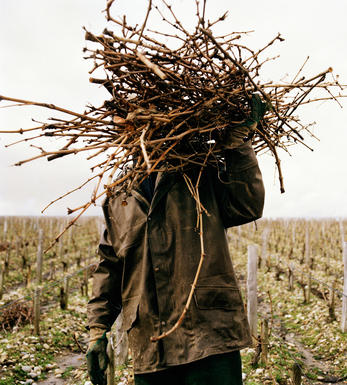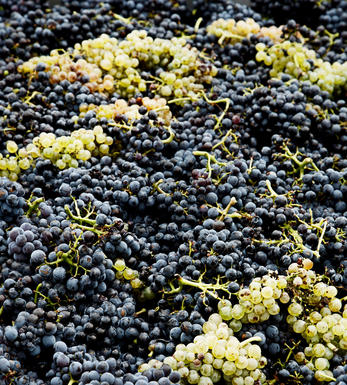
About this WINE

Neyen
Jaime Rosello owns this magnificent 30 hectare Neyen estate high in the premium Apalta region of the Colchagua Valley.
Granitic soils and ancient vines, mostly Carmenère but with a significant percentage of Cabernet Sauvignon, make up, in all probability, the finest terroir in all of Chile.
Add to this the oenological prowess of consultant Patrick Valette and the use of French oak and the result is fine indeed. Chile has been awaiting a genuine premium wine for far too long, especially given its wonderful natural advantages; with this wine the wait may finally be over.

Cab.Sauvignon & Carmenère
Carménère is considered as an ideal blending partner with Cabernet Sauvignon, as well as with other Bordeaux varieties (Merlot and Cab. Franc)
Carmenère
Chile is the bastion of the Carmenère grape today but during the early19th century it was one of the most widely cultivated grape varieties in the Médoc and Graves regions of Bordeaux where it dominated as blending partner of Cabernet Franc. However its susceptibility to the twin evils of phylloxera and oidium led to growers uprooting it in the 1860s and replacing it with better yielding grape varieties such as Merlot.
It was first introduced in Chile (where it is also known as Grand Vidure) in the 19th-Century where it thrived on the country’s phylloxera-free vineyards, as most of its vines are planted on native rootstock. For a long time it stayed in obscurity, as it was mixed with Merlot plantings in the vineyards but now is being identified, vinified and labelled separately.
In Chile it is typically blended with Cabernet Sauvignon and Merlot, imparting succulent and luxurious fuitness. Many of the country’s flagship wines incorporate judicious proportions of Carmenère in blends; Almaviva, Neyen, Sena. It is increasingly being bottled as a single varietal wine. Carmen and De Martino were two of the first wineries to champion the grape as the signature varietal of Chile.
Carmenère wines are deeply coloured and are usually well structured with smooth, well-rounded tannins, and ripe berry fruit flavours. Cooler climate regions, like the coastal Limari in Chile, produce an earthy, leaner, more elegant style with crunch red fruit and green pepper flavours. Warmer climates, like in Maipo, give concentrated, heady wines, inky-coloured and with opulent notes of dark chocolate, soy sauce and black pepper.
Cabernet Sauvignon
It is the most famous red wine grape in the world and one of the most widely planted.
It is adaptable to a wide range of soils, although it performs particularly well on well-drained, low-fertile soils. It has small, dusty, black-blue berries with thick skins that produce deeply coloured, full-bodied wines with notable tannins. Its spiritual home is the Médoc and Graves regions of Bordeaux where it thrives on the well-drained gravel-rich soils producing tannic wines with piercing blackcurrant fruits that develop complex cedarwood and cigar box nuances when fully mature.



Buying options
Add to wishlist
Description
From some of the finest (and oldest) vines in Chile, this magisterial wine comes from ungrafted 100 year old Carmènere vines in Apalta, in Colchagua valley , and demonstrates just what can be done in these beautiful Chilean vineyards. Neyen is made by Patrick Valette from a blend of 60% Carmenère, the balance Cabernet Sauvignon.
The wine is matured for 14 months in new French oak. The wine has a classy robust structure, with a nose of blueberry and spice box then a palate which combines crème de cassis, damson and kirsch, ripe but structured tannins and a clean nicely tapered finish.
(Simon Field MW, BBR Buyer)
wine at a glance
Delivery and quality guarantee